65 days, are all the period where the Sun is absent from those ancient city, which still stands majestically on top of Bekaa valley in Lebanon, looks more like a wresting, where we show to feature a fight over ideological differences and civilized fore in different ages.
"Baalbek.. I`m a candle on your stairs.. A flower on your hedges.. A point of oil on your light", those words brought Feroz the Queen of singing flatter in ancient city, mentioned in the Old Testament the name "Balbeq", the Lebanese folklore researcher "Anis Elias Freiha" said, in his book "the names of Lebanese towns and villages", means " the god of Bekaa valley", while some historians believe that the name belongs to the God "Baal", God of war on the Canaanites, and the God of Sun on Phoenicians, especially since his temple built by the Phoenicians, as the Roman called "Heliopolis" a City of Sun, and in the Umayyad Arabs around the fortress of war, to settle on Baalbek Castle.
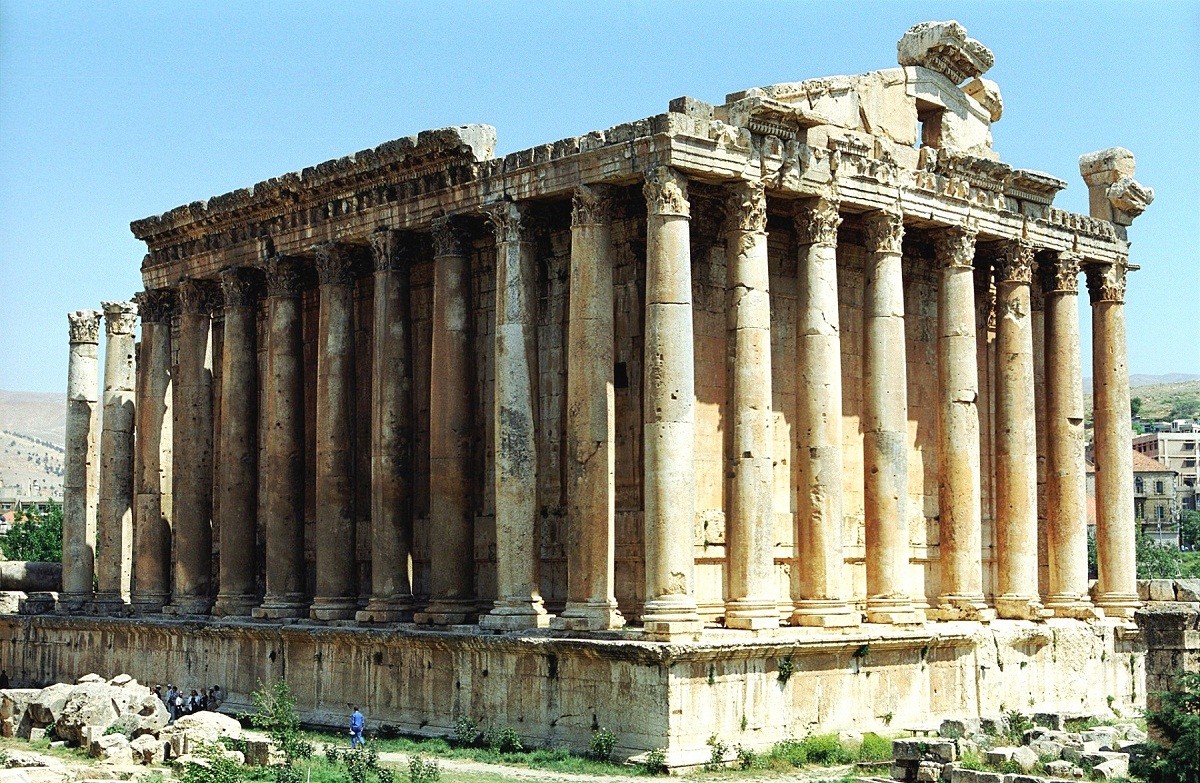
"Baalbek" located in the Bekaa valley and North East of the Litany River, distance from Beirut about 83 km, bordered on the East and West sides of Lebanon Mountains, rising 1163 meters above sea level, I has an area of 7 square kilometers, the Romans called it out " Rome Pyramids" for an abundance of agricultural crops, so it became a reservoir supplying wheat, the unique location make it the focus of attention throughout the ages, also, it was a conduit for the ancient trade caravans, where was the crossroads of the Mediterranean coast land arrive the Levant, and North Syria, Palestine.
Showed engravings on the walls of ancient temples, that city was full of people from 9000 years ago, even the Lebanese historian "Astvanios II Peter Douaihy" patriarch of the Marinate Church in the 17th century, Baalbek the oldest human builder in the world, as established by the Phoenicians in the early 20th century BC, it was the first hiccup in the city of the Sun God "Baal", behind the columns of the Roman temple of Jupiter of Latium, the city is also found in the cave of flour confirm that area inhabited by humans for thousands of years, it consists of interlocking caves indicate full social life.
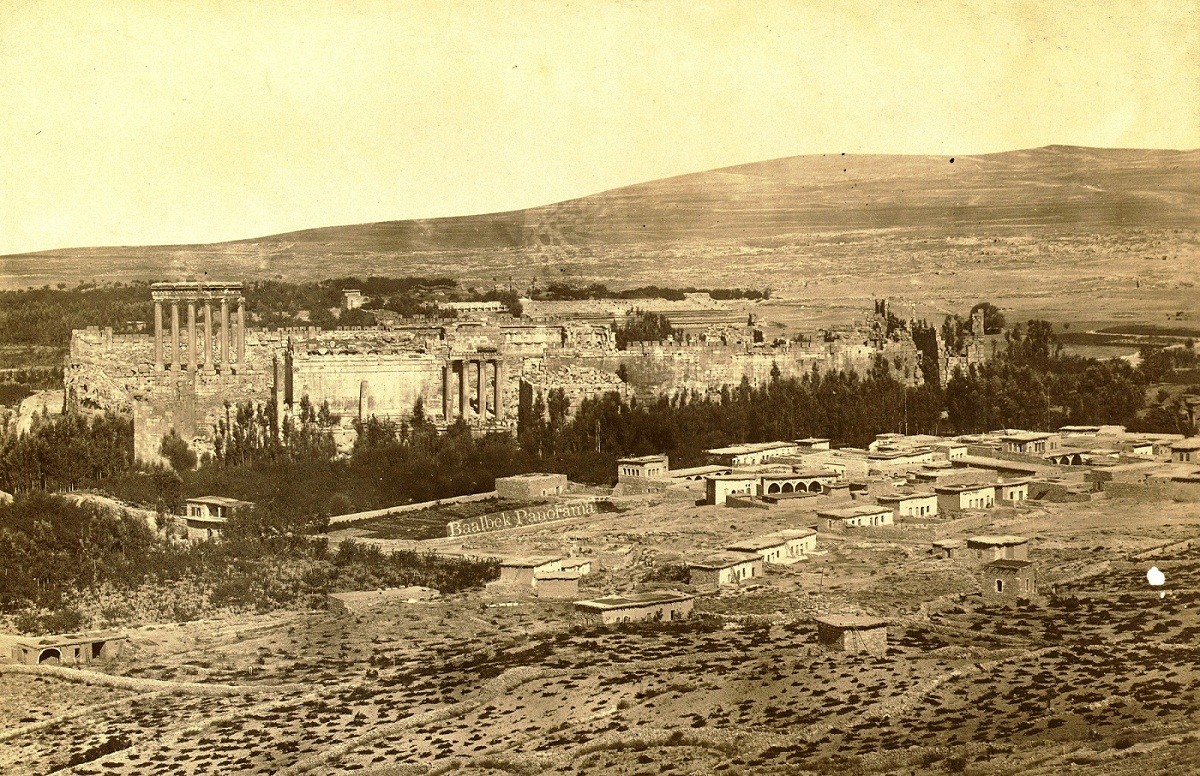
The Roman invaded the town of Baalbek in the reign of Julius Caesar in 47 BC; he ordered the construction of the Roman triad, the God of Goddess Jupiter, God of wine Yakhos, in addition the Goddess of beauty Venus, to be a symbol of the power and wealth of the Roman Empire, continued expansion of Roman Structures In 64 BC to 305 ad, more than 200 years, by more than 2500 slave, rolled on many Roman emperors to leaving behind those archeological, that hijacked minds of their motifs and magnitude accuracy, even many historians are excluded it from builders of humans.
At the end of the third century ad, growing ambitions on that area, especially after that spread sedition and looked weak permeates the Romanian body, what prompted some of the rebellion army divisions and the inauguration of Constantine in 306, which moved the capital from Rome to Byzantium, the standardization of the Empire under his, issued a decision to close the Temple of "Jupiter" in Baalbek, "Socrates Scola Setcone" the Byzantine historian has mentioned, he canceled concerts misbehaving which was practiced in the city, is creating a church atonement for sins and reform the morality of people of Heliopolis, before returning to paganism by ungrateful Julian, who started ruled in 361, even Emperor "Theodosius I" the ruled and avenge to Christianity, destroying pagan structures and changed its temples into churches.
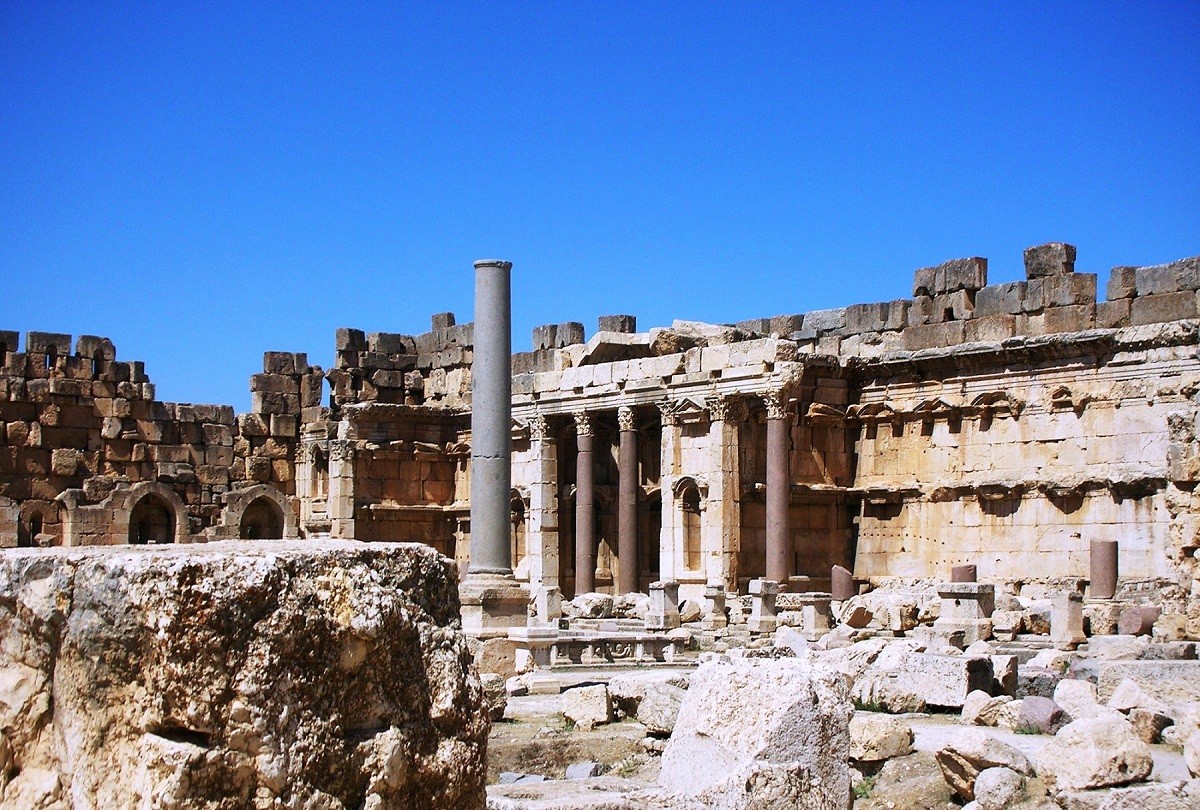
Baalbek City, Islamic conquest hit twice history, the first during 13 and 14 year of Hijri, that wasn`t proved opened in that period, the second time it has been confirmed by historians as subjected to Umayyad rule between 662 and 750 ad, then the Abbasid rule, via Baltolony, Fatimid and Ayobi, down to the Mongols who have been wreaking havoc in it, and the Mamluks save it in 659 HJ, to reach the Ottoman rule to continue as an Emirate since 1489 until 1866 ad.
Despite the exposure of Baalbek for centuries for vandalism, whether by emperors or natural causes such as earthquakes, it remained disproportionately traveler, attracts archaeologists, be provided fuel myths, and impresses every visitor, when the German Emperor "Guillaume II" visited it, and saw the damage to the Roman structures, send a delegation of scientists to carry out renovations and excavation, during 1900 and 1904, archaeologists uncover which of the main parts of the three temples, French archaeological delegation continued excavations at the Temple of Jupiter in 1930, then the archaeologists received Lebanese exploration and fossil studies function jointly with the German missions in 1943, even the Lebanese war started in 1975.
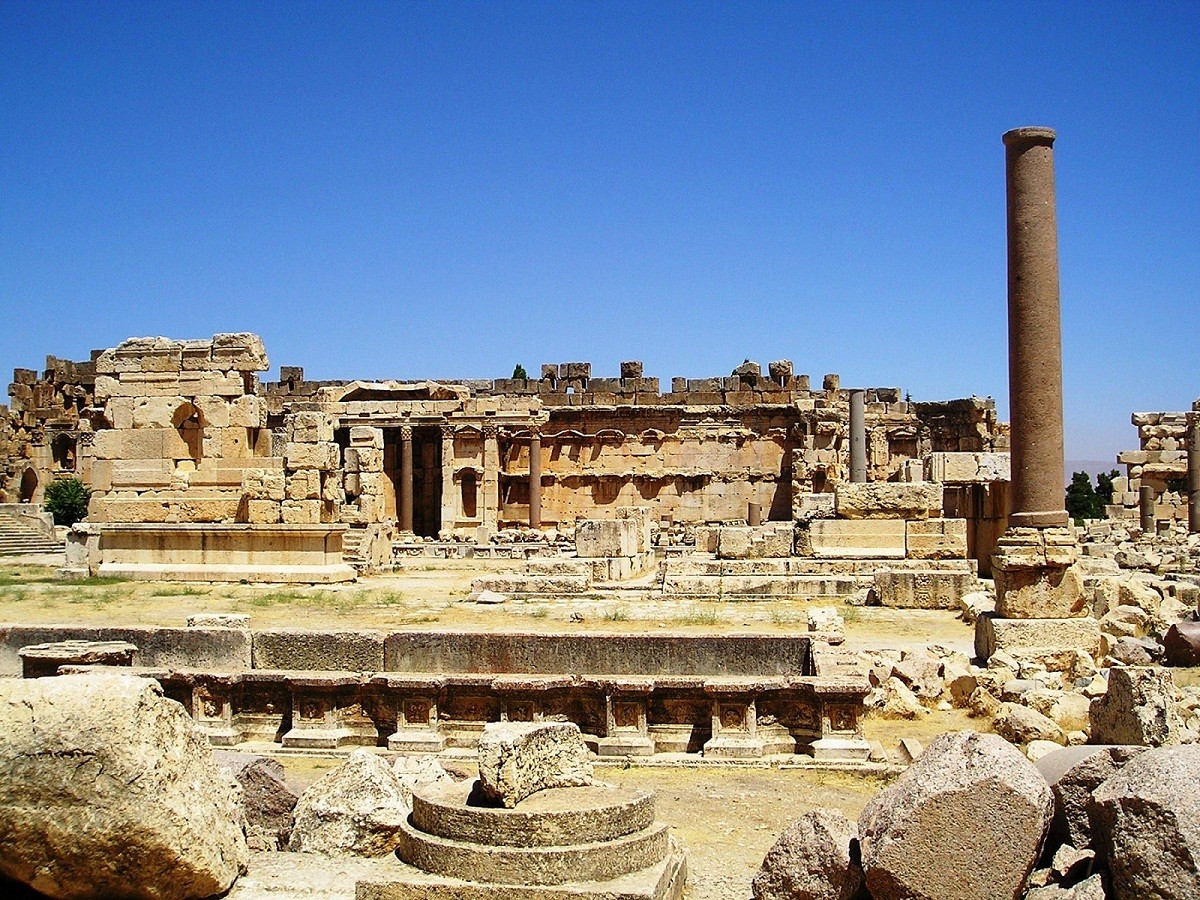
Jupiter Temple
This is temple is the most famous archaeology of Baalbek, may 6 columns of Jupiter more famous pictures, those columns that height of 22 meters, forming part of the hallway outside of the temple, it gives an idea of the magnitude of the structure, which consists of the outer portico followed by hexagons hall, a big hall, then the structure.
Once you set foot on the temple entrance you will find yourself in the outer hallway, is a rectangle shape, a length is 50 meters, width 11 meters, while reaching 8 meters, on its sides, full of inscriptions and statues, between them 12-row column of Egyptian granite, in the face of a long staircase up to 50 meters, arrived to hexagons hall by it, is an open square based on 30 granite columns, ancient priests were doing their religious dance, before the quake-induced collapse, Byzantines seizes on 8 columns, to decorate "Sofia" church in Istanbul.
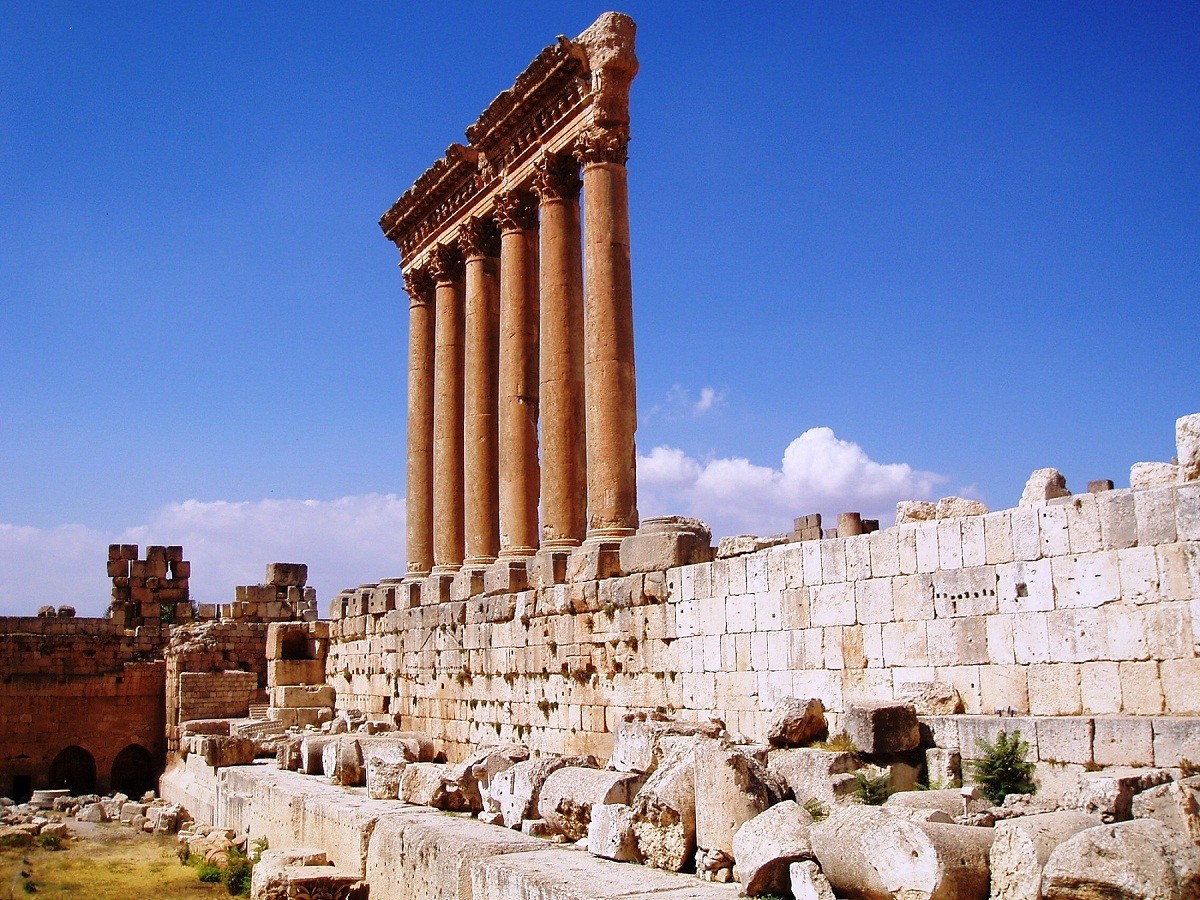
First attentions when crossing the hexagons hall that directly arrived to the big hallway shape box, to its sides are open in all directions, contain remnants of columns bases, while there is an entire column in the Northwest of the hall, in the face Jupiter structure, it is held on the bench height of 5 meters, and go up it by ladder consists of 33 stairs, under the big hall, there is also a large museum featuring many statues that are mounted on stone bases, either its walls, detailed painting of introduction scripts for each statue.
Bacchus Temple
Despite Bacchus Temple is smaller than Jupiter Temple, however, most maintain first features dating back to the second century ad, featuring a giant gate, height of 13 meters, up to 6 meters, those temple take the rectangle shape, where 69 meters in length and width 36 meters, takes its related columns embossed with crowns, the number reached 8 on front, and 15 on its sides, at the back there is a Bacchus Temple, in the South-Eastern side of the temple there is a tower in the Mamluks era changed into a castle where ruler residence.

Venus Temple
Small round structure stands like no other in the Roman world in terms of design in Southeastern from castle, the Roma designs for temples were usually take the rectangle shape, its Venus Temple, it was different, located within the temple structure, was built in the third century ad, surrounded by two rows of columns, the temple consists of a round altar, the balcony and stairs take about half the length of building.
Either the inner courtyard roundness takes the width selected temple with terrace width, there is a rectangular platform from the front wallpaper from behind, followed by a platform decorated on cavities, each cavity is located between two columns, while taking the back porch of the temple rectangle shape, either the ceiling it focuses on columns that descend continuously with each cavity, making it descends rhythmically with it, this temple is specially created to honor the gods that represent Baalbek, and accompanied her to the great gods of city, but it turned in the Byzantine Church of Saint Barbara.
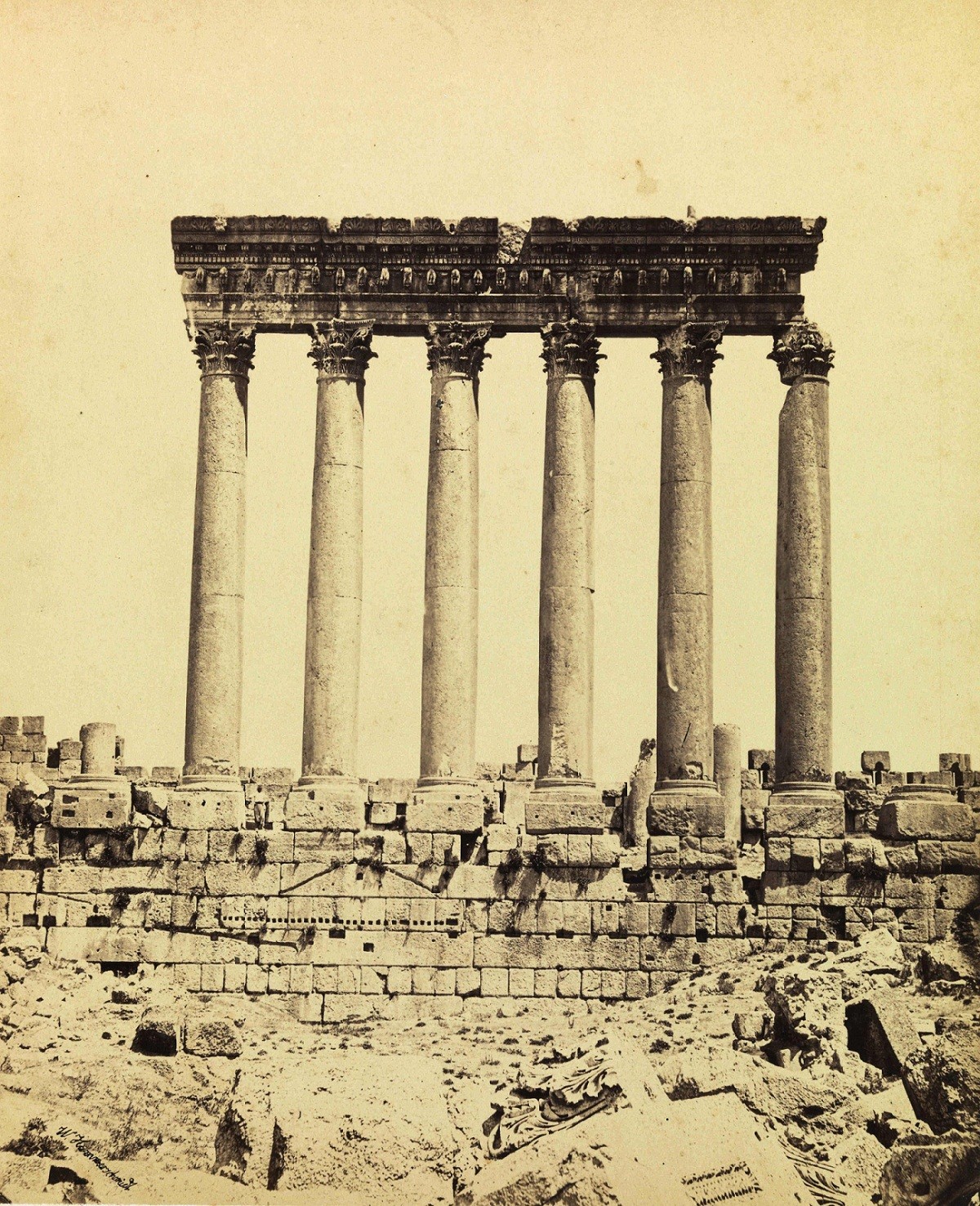
There are also many other archaeologies in Baalbek that attract visitor to it, there are the visitors of Religious tourism between them, who go to the pace of "Mrs. Khawla", "Ras Al Hussein" Mosque, back to the Mamluks era, Omayyad Mosque, which date back to 7th century ad, Om Ayaad Mosque, Orthodox Saint "Gorgeous" Church, Roman Catholic Diocese property, and Cathedral of Saint Barbara and Tekla, in addition to some domes most important, Dorus Dome, Amgd Dome which dates back to Saladin era, and Sadeen Dome, that located nearly from the Roman gate.




























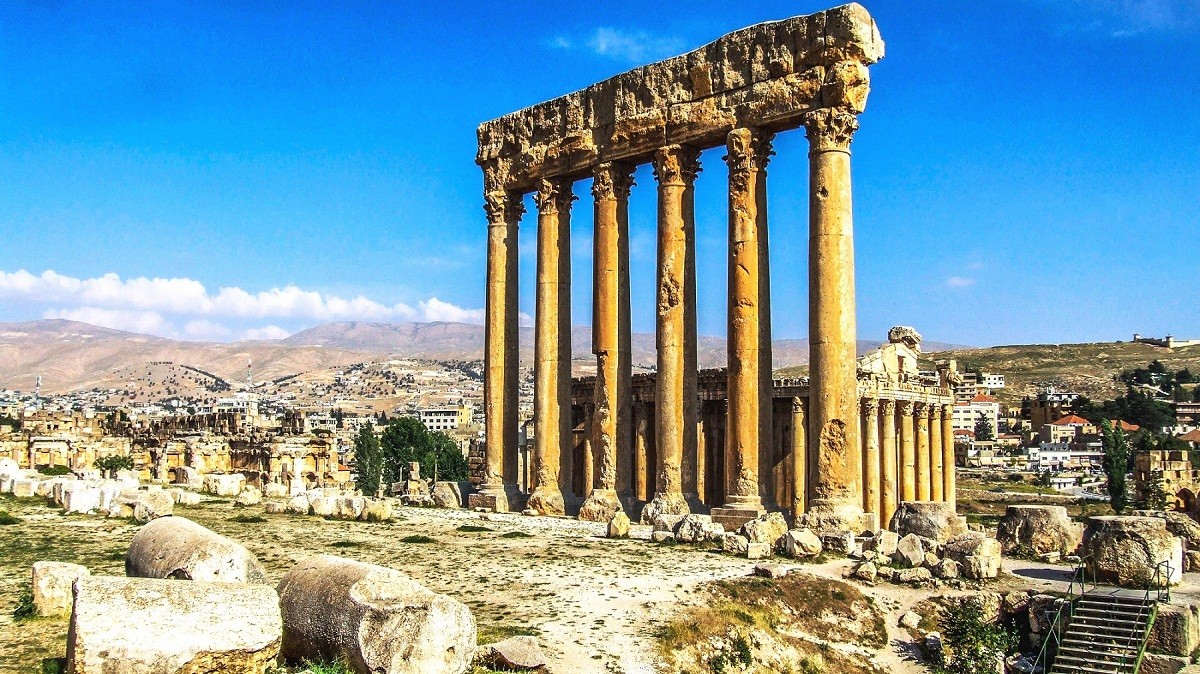








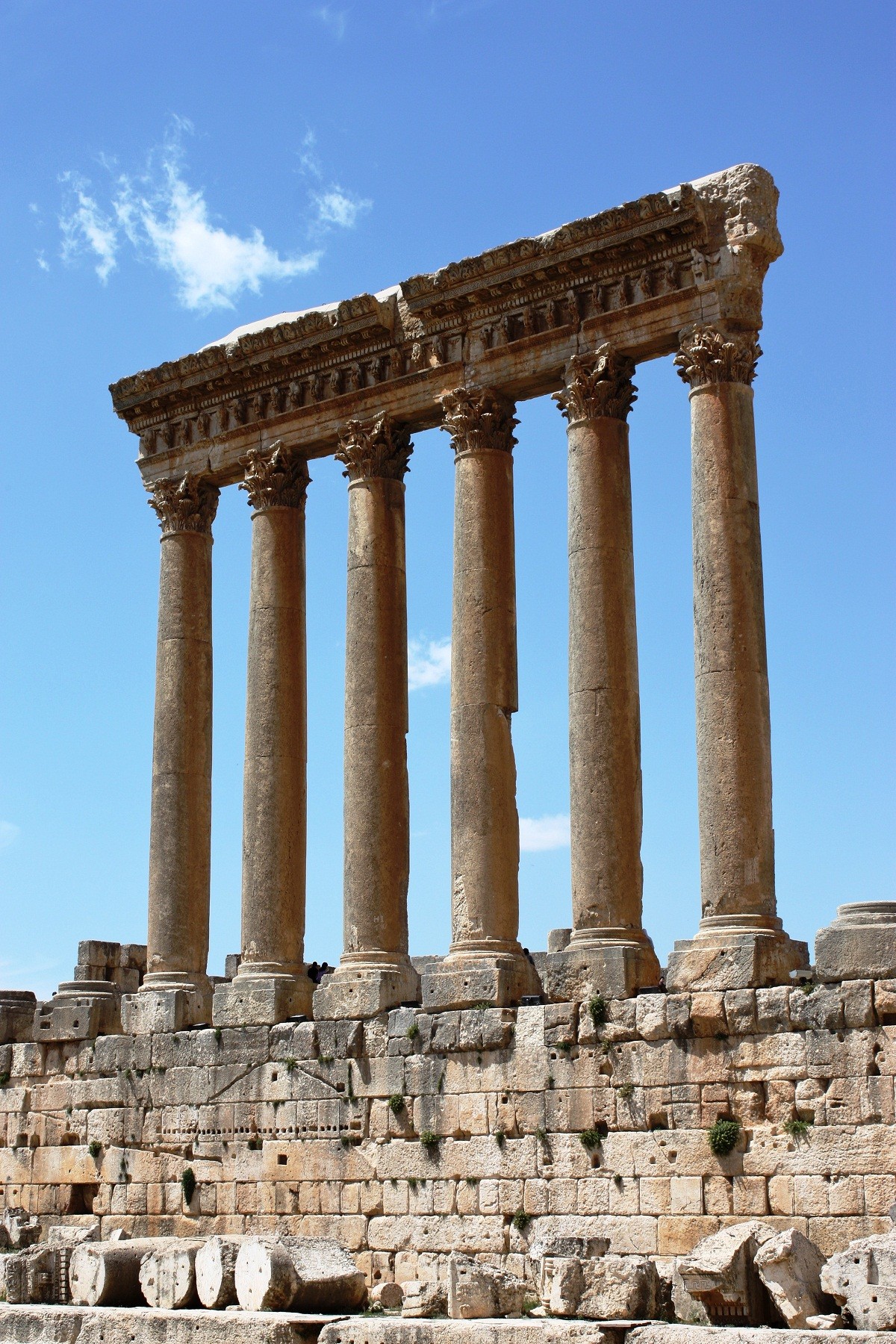

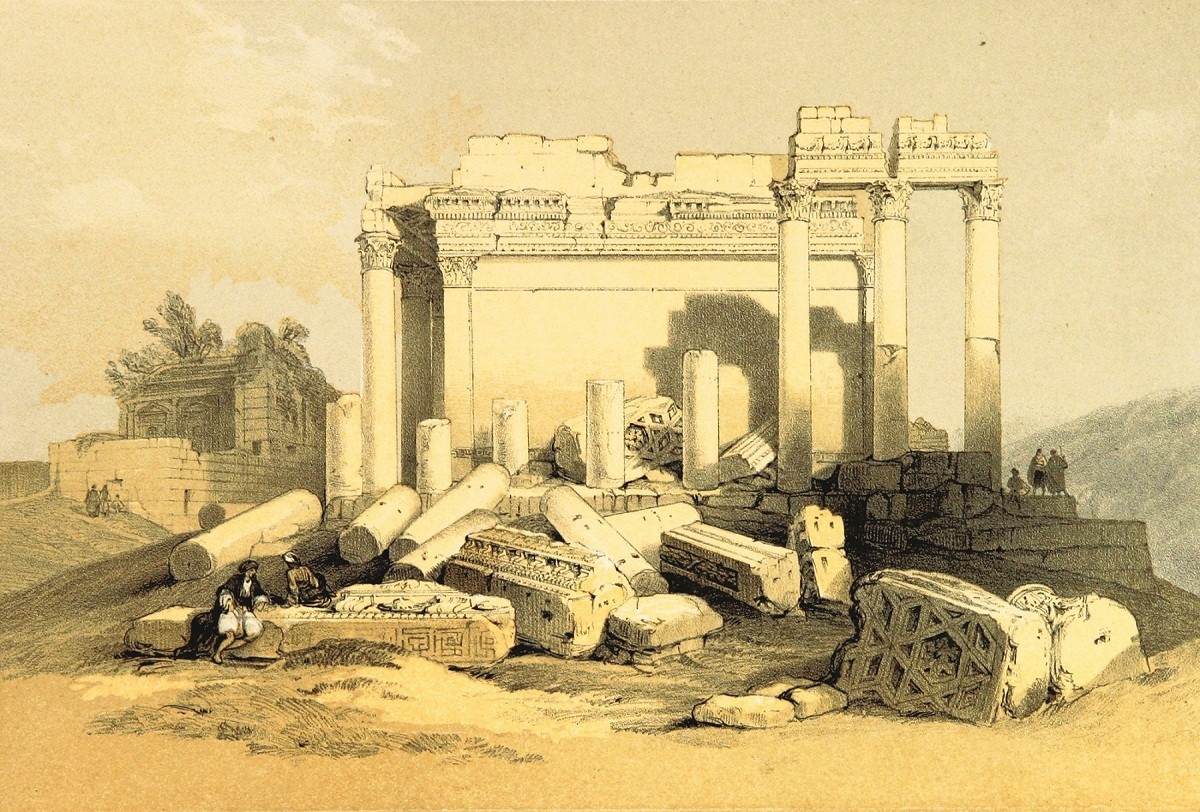
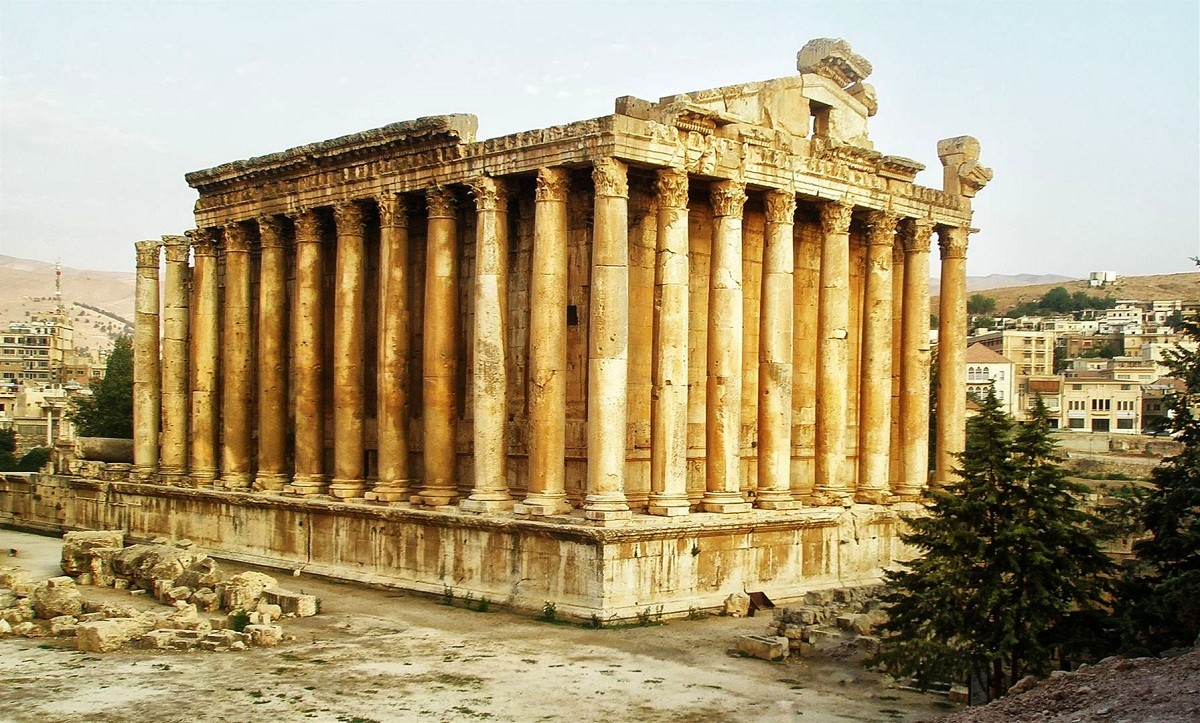
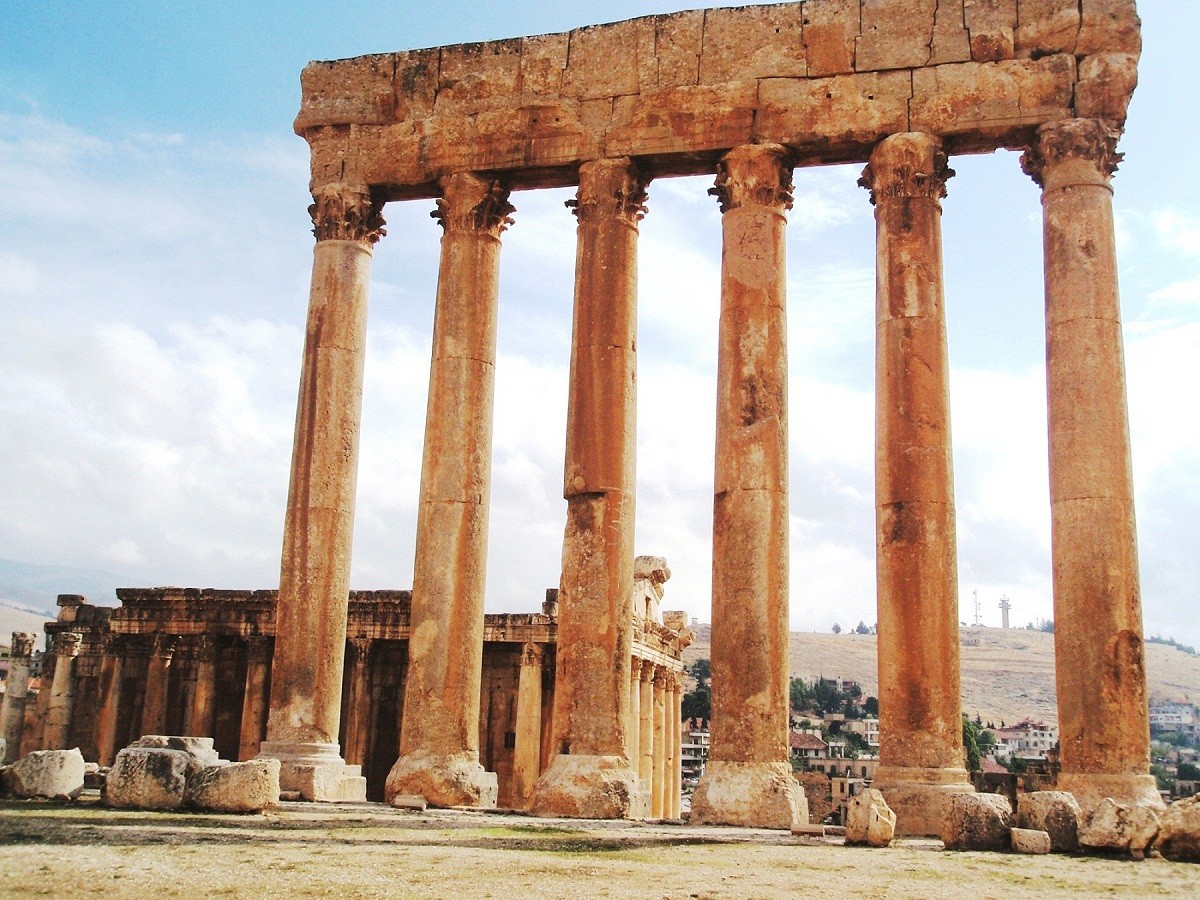

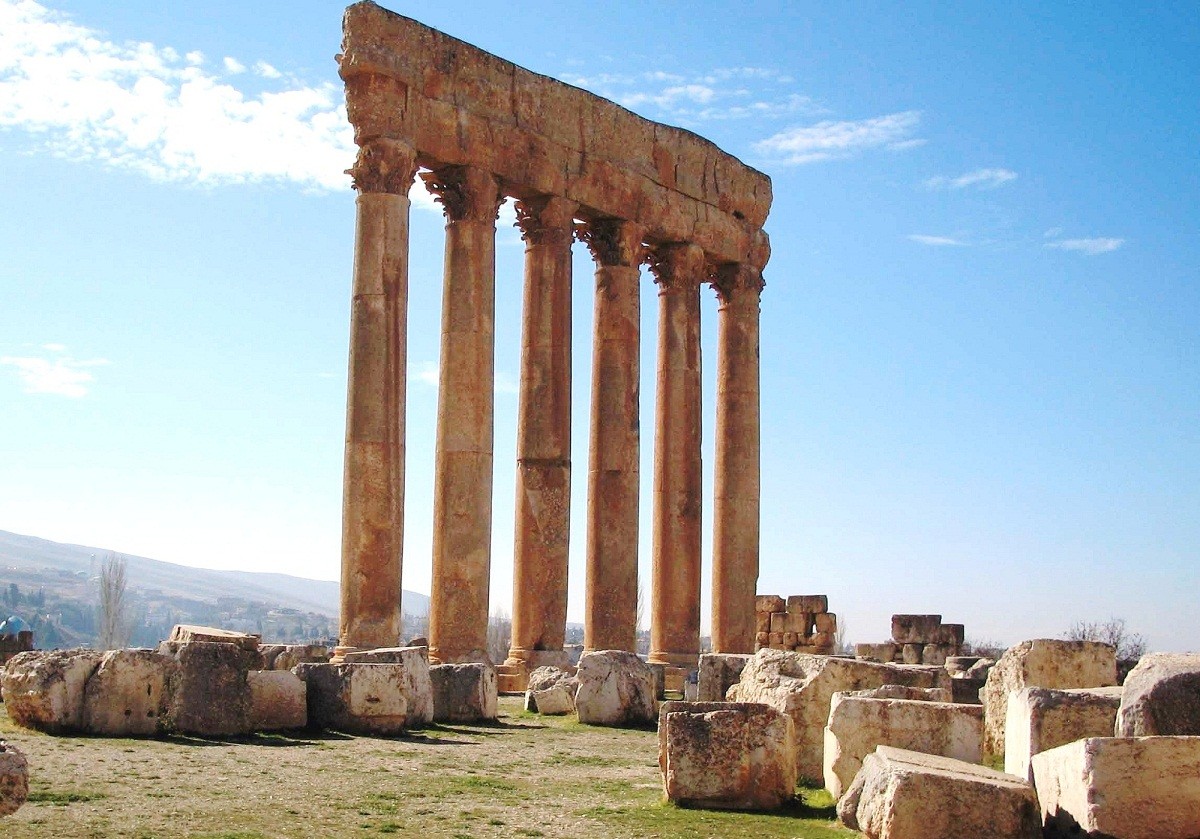
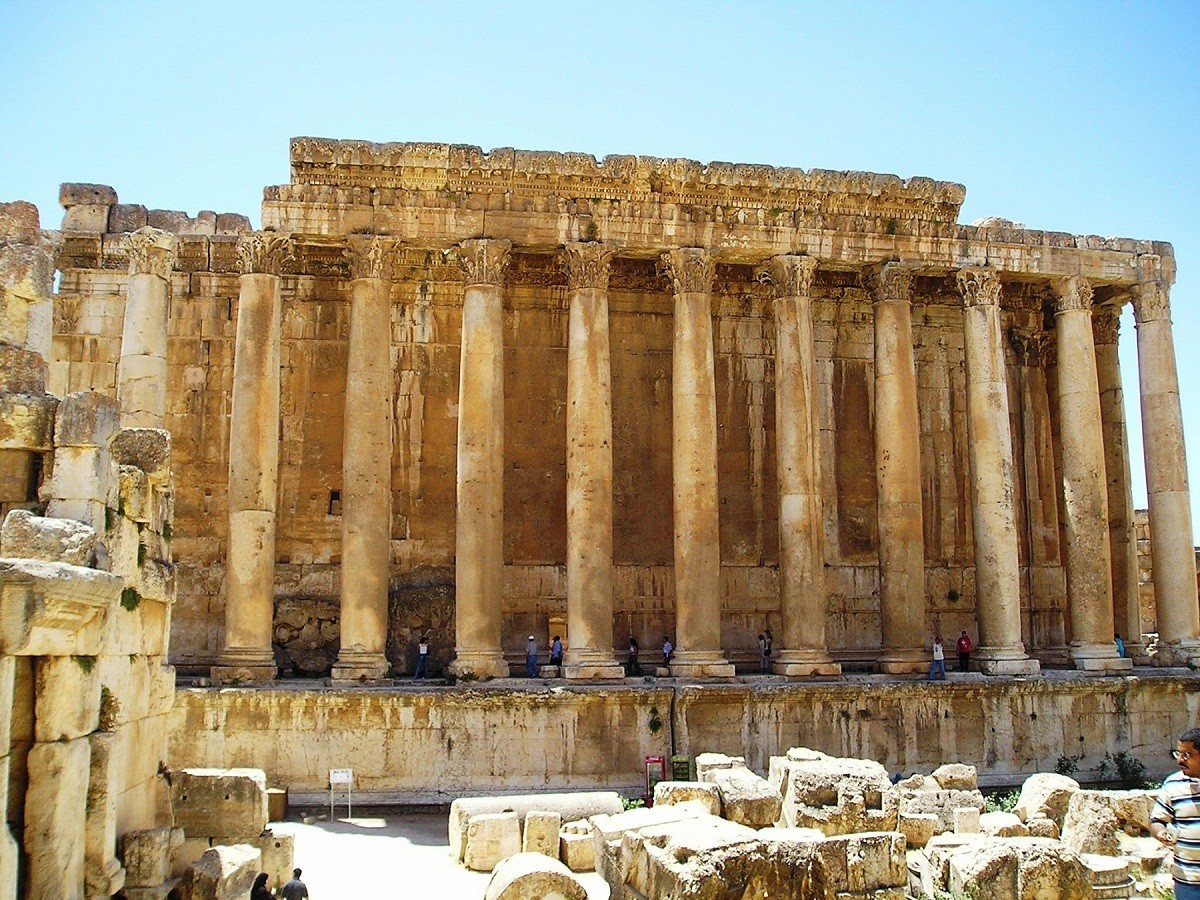
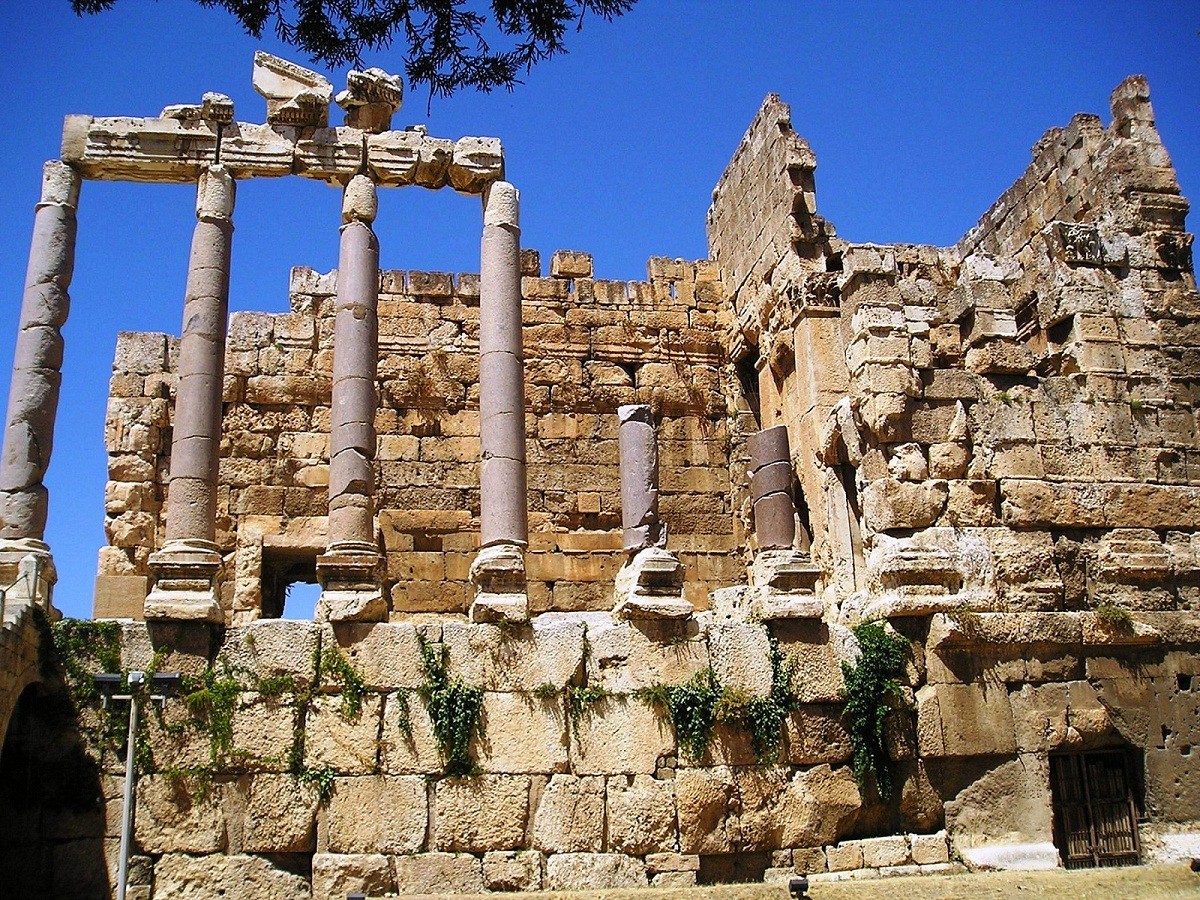

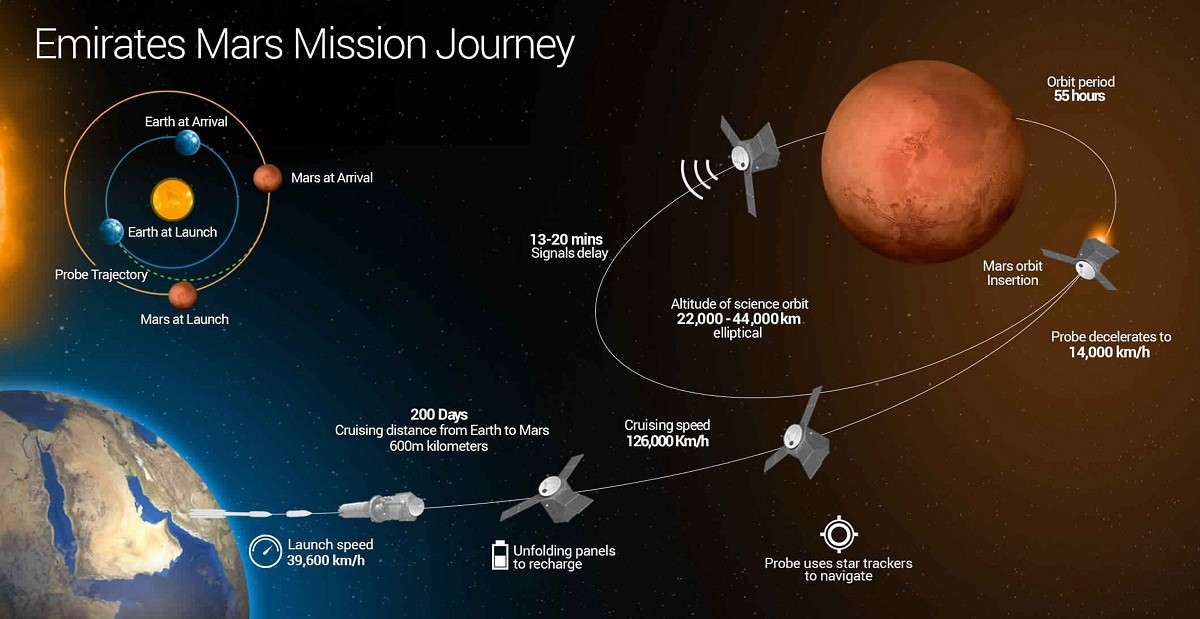





























Egyptian Site & magazine